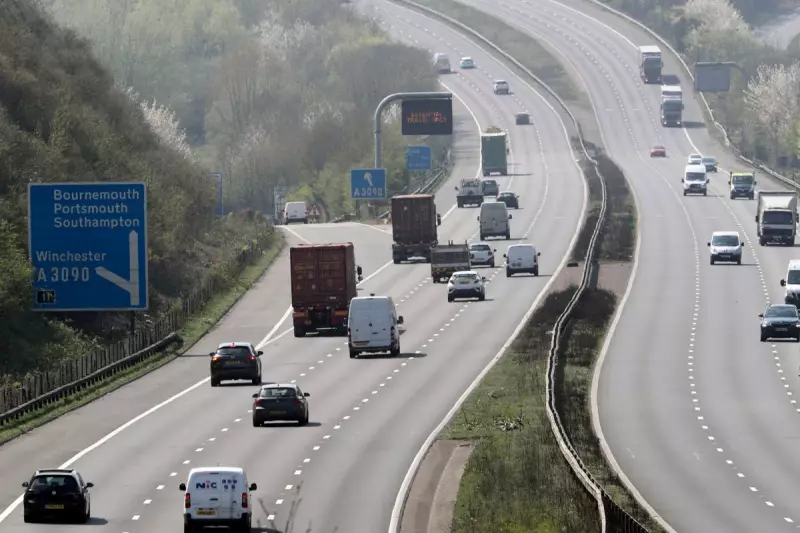
As Britons prepare to adjust their clocks for daylight saving time, new research has uncovered a startling connection between the seasonal time change and increased road accidents. The findings suggest that a simple, often overlooked accessory could significantly reduce collision risks during the brighter evenings.
A comprehensive study analysing traffic data has revealed that the week following the spring time change sees a notable spike in car crashes. Researchers attribute this phenomenon to drivers struggling to adapt to suddenly brighter evening commutes, with glare from the sun becoming a major contributing factor to accidents.
The Vision Protection Solution
Road safety experts are now advocating for a surprisingly straightforward preventive measure: wearing sunglasses while driving during daylight hours. According to the research, proper eye protection can dramatically improve a driver's ability to navigate roads safely when facing low-angle sun glare.
"Many drivers underestimate how significantly sun glare can impair their vision," explains a leading road safety researcher. "During the transition period after the clocks change, people are driving home at times when they're not accustomed to dealing with such intense sunlight directly in their line of sight."
Practical Safety Recommendations
Safety organisations recommend that drivers:
- Keep quality sunglasses readily accessible in the vehicle
- Choose polarised lenses to effectively reduce glare
- Ensure sunglasses provide adequate UV protection
- Clean lenses regularly to maintain optimal visibility
- Consider prescription sunglasses if needed for regular driving
The research highlights that this simple precaution could prevent numerous accidents each year, particularly during the challenging adjustment period following the spring time change. As the evenings grow lighter, taking this elementary safety step could make all the difference between a safe journey home and a potentially life-altering collision.




